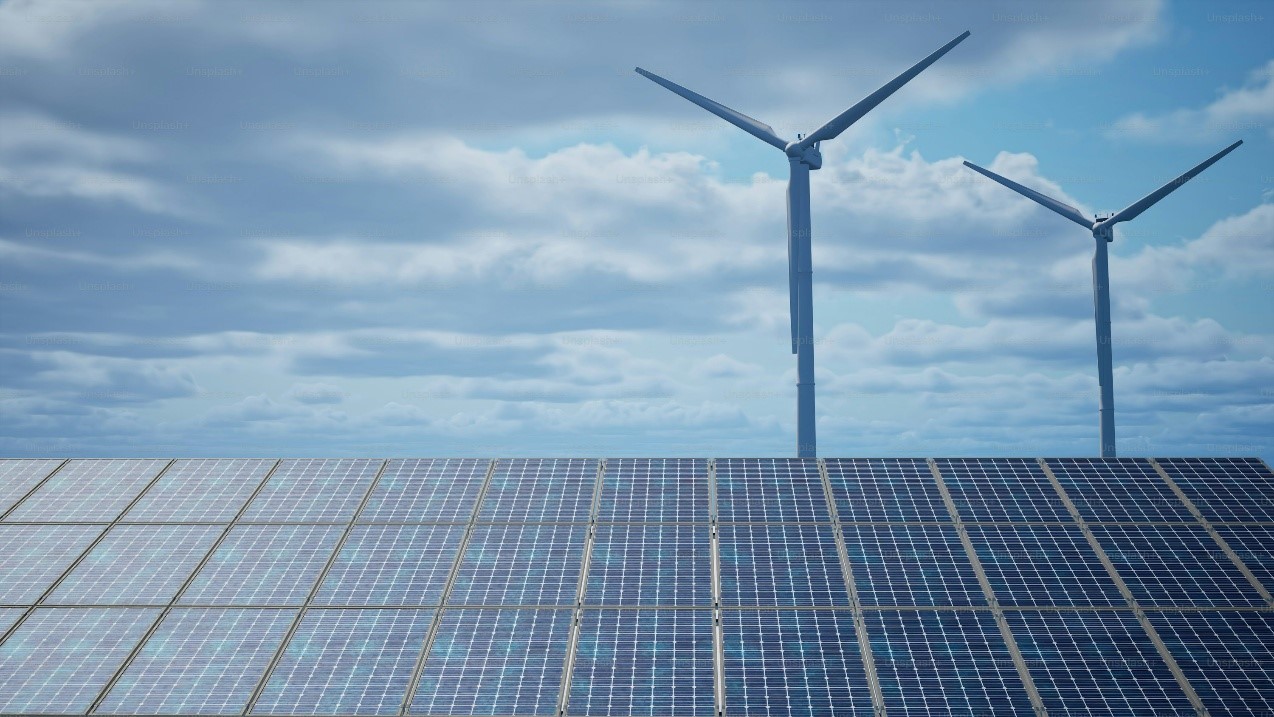
Plastic plays a significant role in preventing food waste. It has an exceptional ability to keep out air, moisture and bacteria that can cause products to go off before they’re cooked or eaten. And it’s often the most efficient and cost-effective material to package food for transportation and storage.
In a recent survey by Boston Consulting Group of 15,000 people globally, 83% of millennial and Gen Z consumers said they’d be willing to pay more for products that came in sustainable packaging.
This demand has triggered a new ecosystem of alternative packaging materials and new business models, including the use of recycled and recyclable plastic graded especially for food products to ensure safety.
To respond to consumer demand and tackle plastic waste, our R&D teams are working to develop solutions to keep plastics in the circular economy alongside finding new materials to replace virgin single-use plastic.
Closing the loop on plastic packaging waste
A circular economy only works if the food packaging, after its intended use, returns into the economy for use as food packaging again.
However, there is currently no uniform legislative framework in place for the use of recycled plastics in food packaging. So, while demand for recycled plastic is set to grow, we need clear and consistent legislation with industry support to scale up and supply food-grade recycled plastic.
Using mechanical and advanced recycling to increase supply
“Presently, there is not enough supply of recycled plastics to meet the needs for use as food packaging,” says F&R Packaging Capability Director Sanjeev Das.
There’s limited availability of food-grade recycled plastics, especially food-grade recycled polypropylene (rPP) and polyethylene (rPE) plastics which account for 75% of the plastics used in our food packaging.
This has seen our Foods and Refreshment R&D team work to create sustainable sources using two complementary routes.
The first is mechanical recycling which sees items sorted according to their material. For example, polyethylene terephthalate (PET) plastic used to make plastic bottles is sorted into one recycling stream, polyethylene (PE) used to make plastic bags into another.
Once separated, they’re cleaned and transformed into recycled raw material to make new items. All our Hellmann’s plastics bottles and jars in the US and Canada are made from 100% recycled and recyclable plastic that’s been recovered this way.
The second way we’re increasing the supply of recycled plastic is through advanced recycling. This sees mixed plastic waste broken down into its fundamental building blocks and reconstructed to make new plastic packaging that’s especially suitable for food-grade packaging.
Working with our partner SABIC, we use this technology to provide us with ready access to food-grade recycled polypropylene plastic to make our 30 million Magnum pint tubs sold throughout Europe, Australia and New Zealand.
To scale up, we need common policies and legislation
As it stands, however, we have the technology but not the common standards and scale.
“To aid the circular transformation of food packaging, there is an urgent need for alignment on goals and related policies. This would enable further investments in collection, sorting and recycling infrastructure and technologies, including mechanical and advanced recycling,” says Sanjeev.
It’s only with a common policy framework and industry collaboration that we can begin to make real progress in creating sustainable supplies of food-grade recycled plastic and the scale to meet increasing demand.
The more others come on board and seek to tackle this together, the bigger the impact we can have to help us achieve our vision of a waste-free world.







